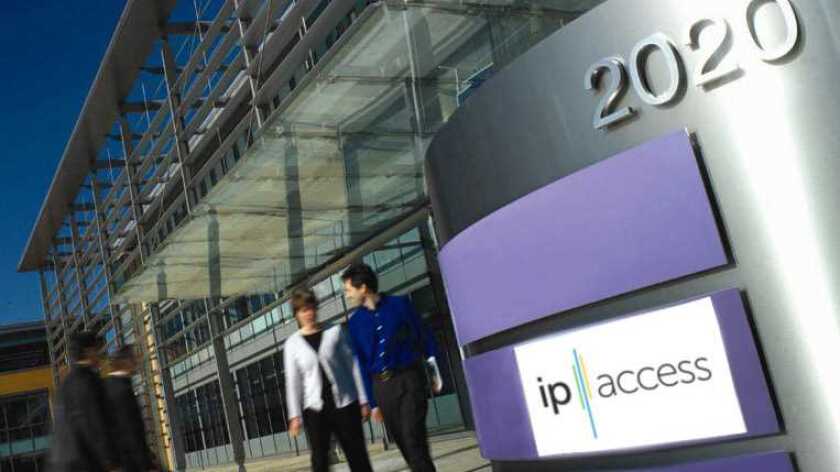The collaboration will enable Mavenir to deliver cloud-based open radio access networks (open RANs) that operate indoors as well as in the outside world.
The announcement strengthens Mavenir’s position as one of the competitors in the widening market for mobile network equipment, as Chinese vendors are squeezed out of European and North American markets.
Aniruddho Basu, Mavenir’s head of emerging business, said: “Mavenir’s role in growing the ecosystem has been to ensure that the market demand is being addressed with a range of radio options to fit all deployments and use cases.”
Mavenir, which is working on the project through ip.access (pictured), the UK-based company it bought in 2020, said that there is a growing need for network densification that harnesses all available spectrum based on flexible and cost-effective radio solutions. This is being driven by the rising capacity and coverage demands of 5G, driven by diverse enterprise and consumer requirements.
Mavenir software will run on the Qualcomm 4G and 5G RAN platforms for small cells, “providing a full range of open RAN software upgradable radio solutions”, that “is designed to meet the scalability demands of next-generation indoor and outdoor networks”.
Basu said: “Mavenir’s containerised open RAN, AI analytics and automation software, coupled with Qualcomm Technologies’ powerful 4G and 5G access point platforms aim to create an extensive range of high performance, cost-effective radio solutions for multiple segments and applications with full architectural flexibility.”
Qualcomm’s Gerardo Giaretta, senior director of product management, said the 5G RAN platform for small cells will work with for 5G millimetre wave and sub-6GHz spectrum. It “is designed to deliver enhanced network coverage, capacity, and superior power efficiency”, he added.
He said applications will be found “in places like airports, stadiums and hospitals”.
Mobile World Congress is due to begin on Monday in Barcelona. The GSMA said last week that it is still “aiming to attract 35,000 in-person attendees from around the globe”. A third of the 350 speakers will participate virtually, using Microsoft Teams.






